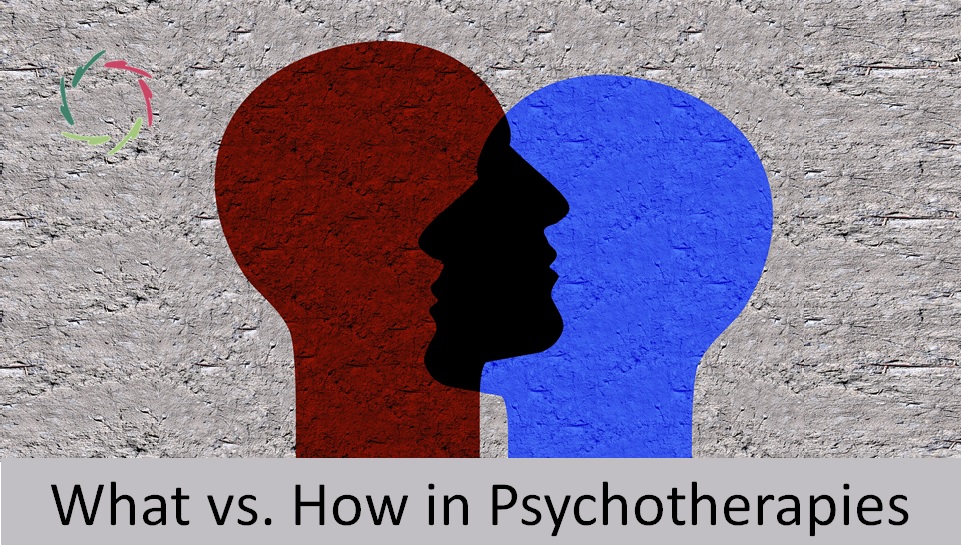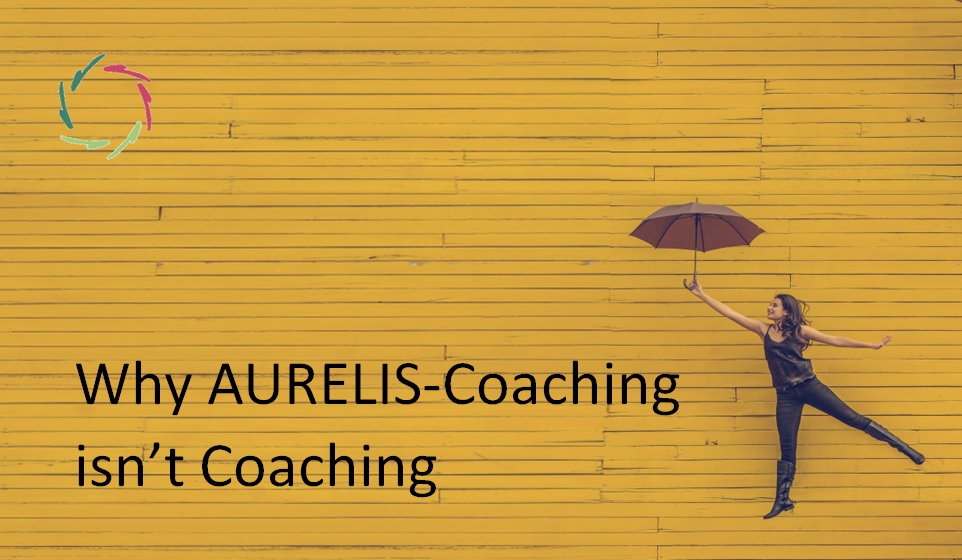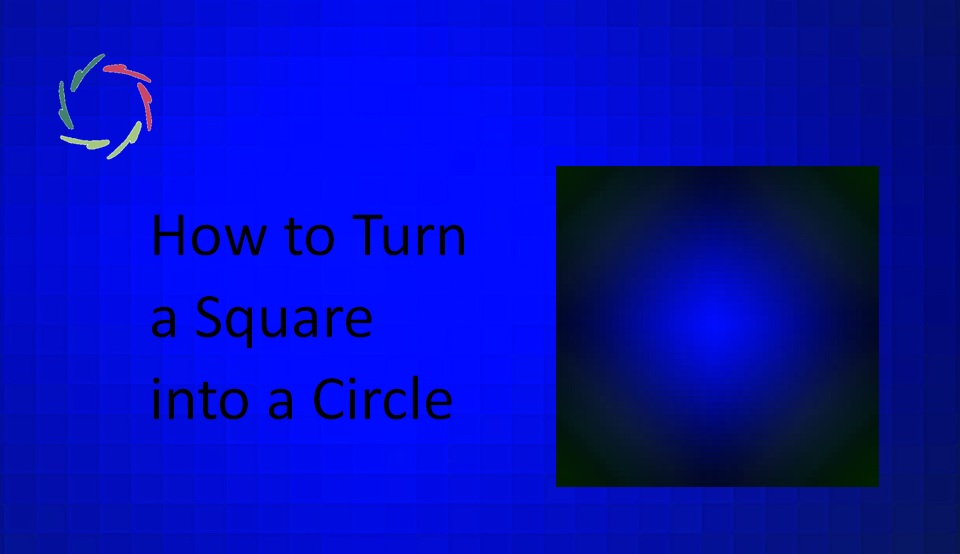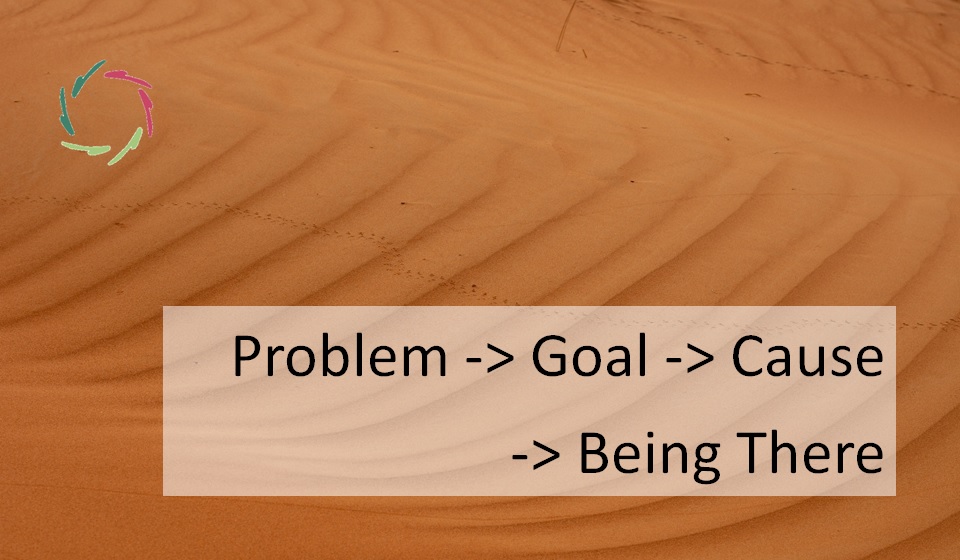What vs. How in Psychotherapies

Crucial is where change comes from: the outside or the inside. I see in the latter the Compassion-factor.
Compassion
For a quick entry into the concept of Compassion as I use it, [see: “Compassion, basically“]
Compassionate healing comes from the inside out. This ‘inside’ doesn’t just mean ‘inside the mind.’ It goes deeper within the mind itself in accordance with subconceptual processing, getting to inside mental-neuronal patterns. [see: “Inner vs. Outer Change of Patterns”]
This is congruent with the latest developments in neurocognitive science, especially oriented towards the primacy of neuronal networks. [see: “Patterns in Neurophysiology”]
This leads to a new and crucially distinct take on common factors in psychotherapy.
These are usually seen as additional, underlying, or enabling the specific factors of specific therapeutic methodologies. [see: “Non-Specific Factors of Therapy”]
The new take is none of the above. This insight is crucial for appreciating this text. The difference is that the Compassion-take is intrinsic ― a fundamentally different way to perform the techniques. Doing so, the ‘techniques’ cease to be instrumental. One can talk of art or a way of being.
Content vs. form
[see: “The Water and the Jug”] With a sole focus on the jug, if there is something inside, then it’s by happenstance.
A ‘master therapist’ carries the content inside himself. In the above metaphor, he can use the jug to bring the water. It doesn’t matter so much which jug he uses. Someone may find a new jug and pour the water like a master therapist. The jug will work all right, yet it’s not the jug that does the work.
To the master therapist, any jug will work, and even no jug ― special enough. In the continually final stage, he lets go of the jug; this is, he doesn’t use the jug as if this were the water to drink.
The techniques are carriers. That may explain the dismal results from science.
Namely, in randomized controlled trials (RCTs), the techniques don’t work since they are operationalized; this is: conceptualized. That is precisely the aim of an RCT. It is also precisely the way to investigate the jug without the water.
No wonder it doesn’t work this way ― being due to the scientific method that only investigates the form. [see: “WHY Psychotherapies Don’t Work”]
Example: exposure
The exposure by itself, as a 1-2-3 methodology, is a carrier. It starts being Compassionately active at the open-symbolic level. [see: “Symbolic Healthcare”]
For instance, in a spider phobia, the spider is a symbol. This is important in its deep meaningfulness. The – symbolic – spider is energetic since it is a part of the phobic person. [see: “A Symbol Is Always YOU”] Therefore, it is essential to communicate with the deeper meaning. This cannot be profoundly attained through using exposure to the spider as a mere carrier. The exposure is the what; the in-depth communication is the how. Please be aware that this is not a simple thing to do! Contrary to this, it is the mother of complexity. No instrument will do.
Example: archetypal analysis
Indeed, let’s get Jungian. Jung was the first to note that archetypes are hardly conceptual. They don’t speak a conceptual language.
One can see ‘working with archetypes’ as more direct exposure. Sorry for the repetition: This starts being Compassionately active at the open-symbolic level. An archetype is numinous because of its deep meaningfulness. If you throw this out of the jug, there is nothing left to drink.
Example: insight
Insight-based therapies don’t work because of conceptual insight. You get the picture without my repetition this time. This is also important within the AURELIS way of coaching.
Insight can be seen as a living entity. It works if it lives inside the client ― which it only does through growing there. [see: “Insight is a Path”]
Charisma?
What is called ‘charisma’ can be another jug, as a stance that is being used instrumentally.
Insofar as the charisma is intrinsically present inside the therapist himself while doing the good work, it is Compassion. [see: “The Coach’s Charisma“] In that case, no jug is needed. Any jug may either be a temporary aid or get in the way.
No disease, no diagnosis, no therapy
No problem. [see: “Problem- vs. Growth-Oriented in Mental Issues”]
Although Compassion this way is brought within the techniques themselves, this is not the so-called ‘medical model,’ which I prefer to call the ‘disease model’ or the ‘medication model,’ since medication is supposed to cure disease. [see: “Most Drugs are Symptomatic”]
Therefore the Compassion-take is not ‘therapy:’ no disease, no diagnosis, no therapy.
AURELIS coaching
This is, also, no therapy. It’s oriented entirely on Compassion. From this, techniques are never used in any instrumental way. Everything is eventually active from the inside out.
Thus, logically, also the way of becoming a coach. [see: “Growing towards AURELIS Coach”]
If you feel for this, please let us know.


